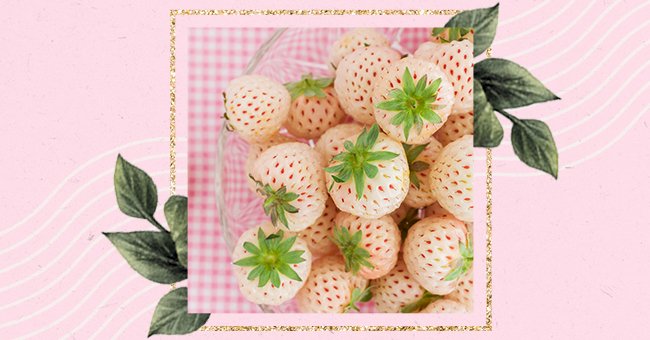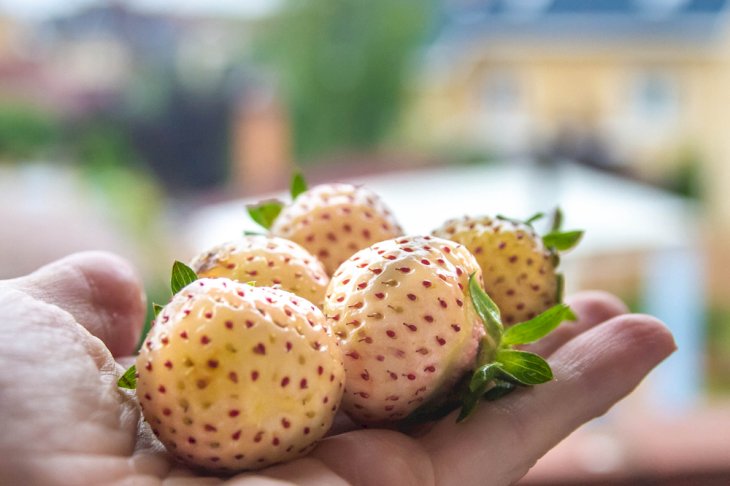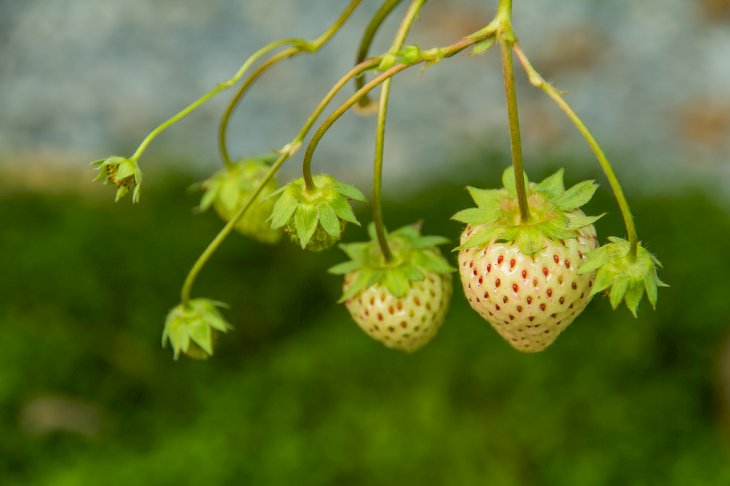
How To Grow Pineapple Strawberries
The white strawberry is an ancient variety. Smaller in size than its big red sisters, it is appreciated for its subtle flavor reminiscent of pineapple. Hence, we find a horticultural variety called strawberry Ananas.
Pineapple strawberries are struggling to find their way to our stalls. However, this mysterious fruit is very good for the health. It owes its name to its particular taste.
Rare, expensive, and original, this pineberry deserves a place in the garden, ground, or pot.
Origin Of Pineberries

Shutterstock
The white strawberry, super fleshy and fragrant, is native to the Chilean plateaus: it is delicious, and let us know, it is a "real" variety, ancient since it dates from the 18th century, and which indeed almost disappeared.
It is a rare and precious fruit, which is not the result of a genetic mutation. They are also not a cross between a pineapple and a strawberry. They are simply a strawberry that has been grown to have white fruit with a pineapple flavor!
How To Grow Pineberries

Shutterstock
It took growers about four years to put together a cultivation program that would support the production of these strawberries for the market. On April 1, 2010, they were presented to the public for the first time and were highly regarded, even though people initially thought they were April Fools' Day.
Despite the interest, this particular fruit is still a scarce commodity to find. For this reason, the best solution, if you want to taste them, is to grow them yourself! Do not be afraid of difficulties - it will be like growing typical strawberries.

Shutterstock
First of all, you will need to buy the seeds: you will need to go to specialist growers or nursery workers, or, with any luck, you can find them directly on Amazon. There are three varieties of white strawberries: "White D," "White Carolina," and "White Pineberry."
The "White D" fruits have larger fruit than the other two but are still smaller than the standard red strawberries. The three varieties are all very similar to wild strawberries in their growth habits and grow continuously. For starters, you can buy 2 or 3 seeds and plant them in a pot or container.

Shutterstock
It is essential to prepare the soil at least four weeks before planting by digging to remove stones, eliminate weeds and spread organic matter to fertilize the soil as it should, knowing that the strawberries love acidic soils and sunny locations.
It would help if you did the planting of white strawberries between March and April or during the fall. Do not overcrowd your planting pot as they need space to grow. If the soil retains too much water and/or is very calcareous, it is better to opt for a soil suitable for strawberries.
More On The Soil For Pineapple Strawberries

Shutterstock
Pineberries need fertile soil to grow. You should have supplemented the soil with manure. These berries prefer slightly acidic soil with a pH range of 5.5 to 6.5. You can fertilize the soil with a unique strawberry fertilizer.
Also, pineberries need at least six hours of direct sunlight or eight to ten hours of indirect light, with morning sun being the most ideal. Without a lot of light, pineberries will develop a pinkish tint, but it won't affect the flavor.
Harvesting

Shutterstock
For pineapple strawberries planted in March-April, the harvest takes place in June. When the strawberries are well-formed, their flesh is pink in color, and the seeds (fruits) are red, it is time to pick them. To taste white strawberries with a very fragrant flavor, it is crucial to pick them early in the morning.
Once the harvest is complete, it is essential to remove the suckers and all dry stems and leaves when autumn begins to set in. Sometimes at this time of year, the leaves of strawberries show purple spots. It is then sufficient to spray a copper product on its rows of strawberries.